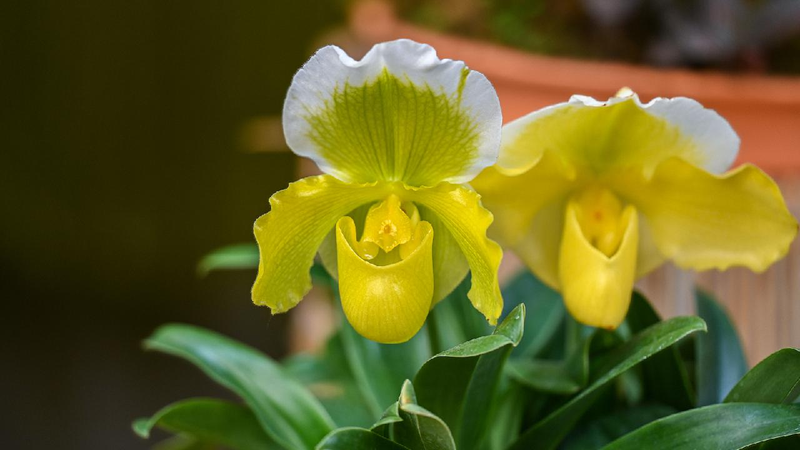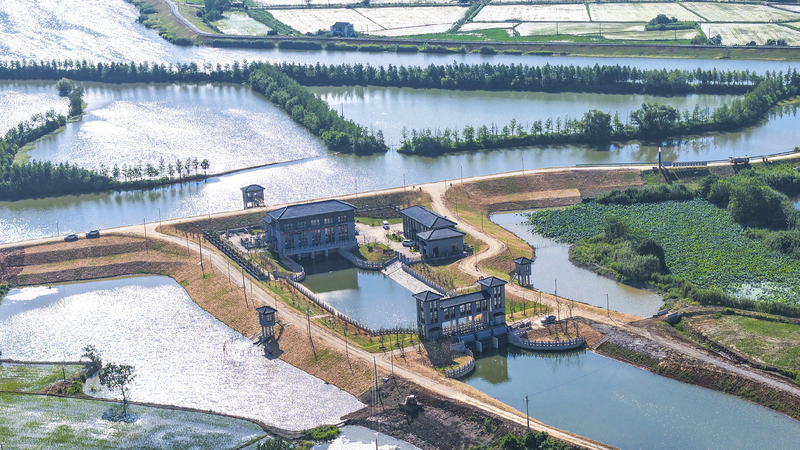Imagine discovering a mysterious and beautiful flower on a cliff! That’s what happened in the early 1880s in Guangdong Province, in South China. The flower was called Primulina tabacum, but after it was found, no one saw it again for over 100 years. Many people thought it was extinct! 🌸
But guess what? In the 1990s, someone found the Primulina tabacum again! There were only three of these flowers left, so they were in big trouble. They live in special places in caves called karst caves, and there were many dangers threatening their survival.
In 2002, scientists from the South China Botanical Garden (SCBG) decided to help. They started a special program to save the Primulina tabacum. 🌿
They used cloning technology (kind of like making copies of the plant) to grow more of these flowers. They learned how to grow them quickly and put about 3,000 new plants back into the wild! How cool is that?
Now, the SCBG has saved 1,050 rare and endangered plants! That’s a lot! They have a huge center (about 20 hectares) where they help over 230 rare species grow. It’s one of the biggest places in China for protecting rare plants.
Their goal is to protect 95% of all the rare and endangered plants in South China and to reintroduce 20 species back into the wild where they belong.
In the past, only experts studied biodiversity (that’s all the different kinds of life). But now, with big data and artificial intelligence (AI), everyone can help! These technologies are giving us new ways to record, understand, and protect all the amazing plants and animals around us. 🤖🌴
The scientists created a smart system called Cathaya to manage plant specimens. They’ve collected over 50,000 plant samples and shared more than 250,000 pieces of data! This helps everyone learn about where and when these plants are found.
Cathaya makes it easy to manage everything, from finding plants out in nature to sharing information online. It’s changing how we study and manage biodiversity!
They also made an app called BioGrid. It’s like a tool for watching and identifying different plants and animals. It uses big data and AI to help find exactly where plants are and what species they are. Both scientists and regular people can use it to collect data and recognize species. 📱🌿
For professionals, the app helps collect data, organize projects, and see the information in cool ways. For everyone else, it makes it easy to join in science projects about biodiversity!
China is a big player in protecting the Earth’s ecosystems. They’re always looking for new and better ways to protect biodiversity.
One example is Dinghushan National Nature Reserve. It’s China’s first nature reserve and part of UNESCO’s World Network of Biosphere Reserves. Its success gives helpful ideas for protecting nature all over the world. 🌍
Dinghushan is in Zhaoqing City, Guangdong. It’s big—1,133 hectares—and was set up in 1956. People call it the “Green Pearl on the Tropic of Cancer Desert Belt” because it’s so lush and green, even though the Tropic of Cancer usually has dry areas.
In 1979, it became one of the first three places in China to be part of UNESCO’s Man and the Biosphere program.
The main goal of Dinghushan is to protect the special evergreen forests and the animals that live there. The forest covers about 98% of the reserve! It has 68 protected plant species and 73 protected animal species. 🐒🦋
The numbers of important protected species are staying the same or even growing! Since the reserve started, the area of these special forests has grown by over 70%!
After studying for almost 20 years, scientists found that they had been underestimating how much carbon (a greenhouse gas) China’s forests can absorb. They realized that the forests can take in up to 50% more carbon than they thought! They also found out that how much carbon the land can absorb changes a lot depending on the local environment. 🌳🌎
Scientists studied how much carbon China’s forests can store now and in the future. They found that forests can still store a lot more carbon! They also looked at how things like climate change affect forests. For example, they learned how nitrogen (a nutrient) affects the carbon in the soil of tropical forests and how important elements like carbon, nitrogen, and phosphorus cycle in the environment when the climate warms up.
The scientists at Dinghushan work with other researchers from over 20 countries, like the USA, Australia, Canada, and more! Together, they are making great progress in studying ecology. 🌏🤝
Reference(s):
Sci-tech helps protect south China biological treasure trove
cgtn.com




